
It’s time—time to upgrade a major system in your company, launch a new program or division, or manage all the aspects of merger or acquisition. As a business leader, you’ve…

It’s time—time to upgrade a major system in your company, launch a new program or division, or manage all the aspects of merger or acquisition. As a business leader, you’ve…

When it comes to change within your organization, wouldn’t it be great if all you had to do was announce it and let others do the rest? As a business…
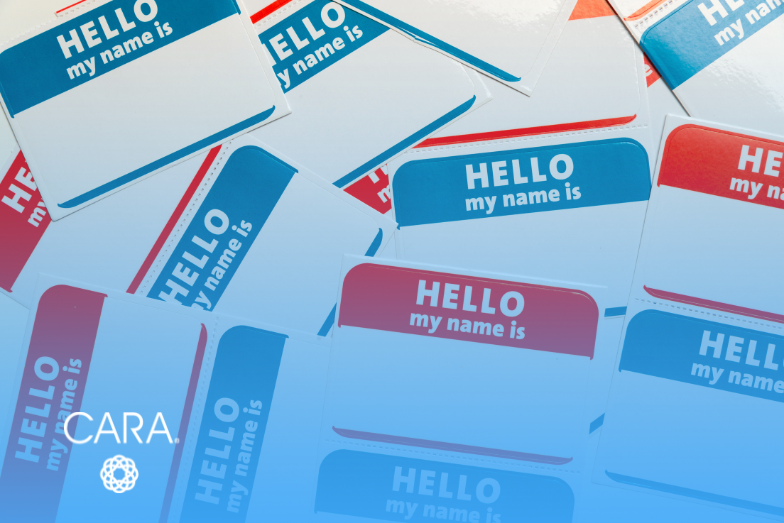
In today’s dynamic landscape, change is not only happening, it’s accelerating. This places immense pressure on organizations to adapt and evolve. The responsibility to navigate this very turbulent landscape falls…
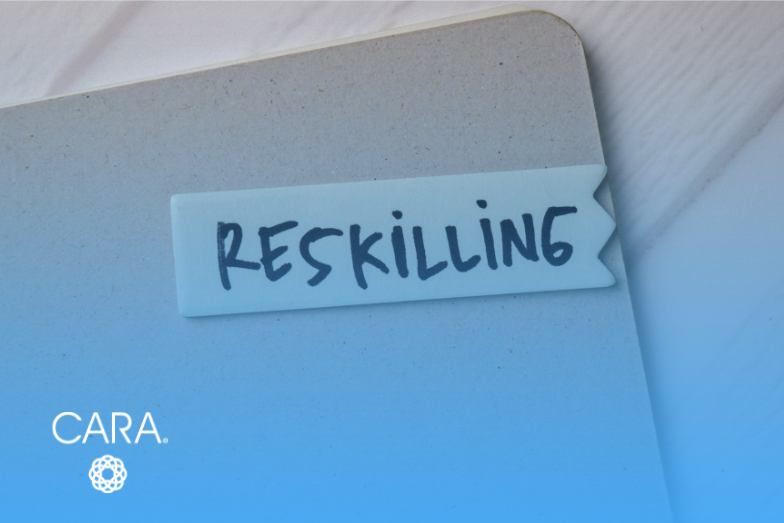
Have you ever heard the saying, “I can meet you in the middle, but we can’t stay here”? In a world of constant change and turbulence, this statement reminds me…

Employees are resilient. They pivoted during a pandemic, transformed with the digital landscape, and morphed from in-person to remote work to hybrid. Prosci has documented employee resilience since 2007, but…

The call is coming from inside the house! By 2025 it’s predicted that our employees will be responsible for over half of the significant cybersecurity incidents in our organizations. Yikes….
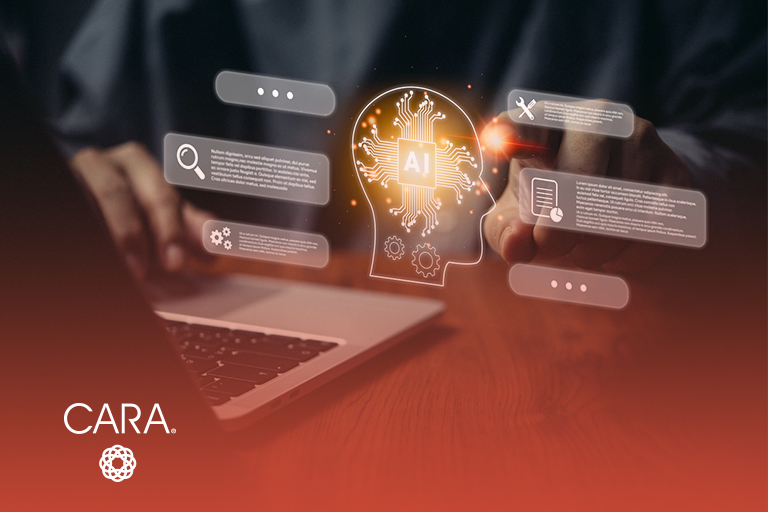
You know you should be leveraging AI, but how? Where? When? From our research and discussions with business leaders responsible for Talent, Learning, and Change Management, nearly everyone seems to…

At the heart of every successful change initiative lies an often underestimated, but profound, truth: human beings, by nature, yearn to be part of a cause greater than themselves. In…
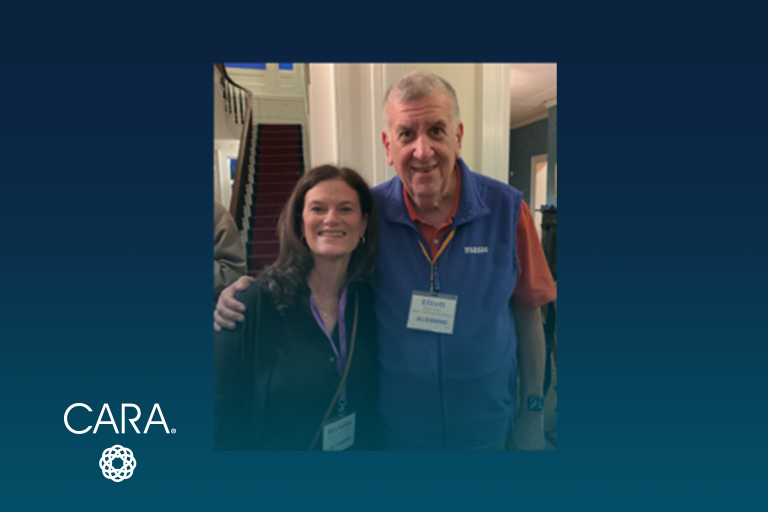
I recently returned from a pilgrimage to Saratoga Springs, NY where Elliott Masie led fifty executives through a lab experience to explore the impact of AI in learning and development. Because even…
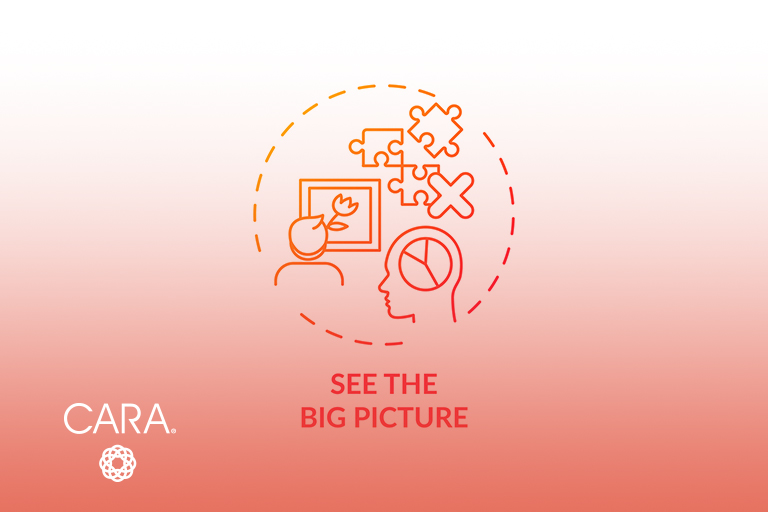
Welcome to Part 5 of our OCM Value Add series. So far, we have focused on how Organizational Change Management (OCM) can provide long term value by aligning it with…